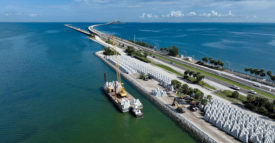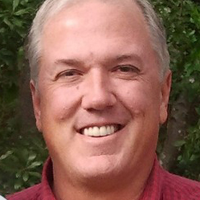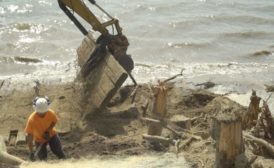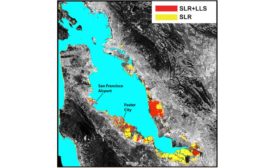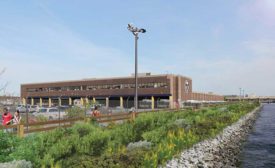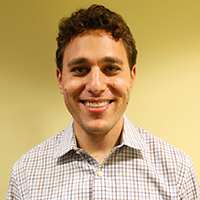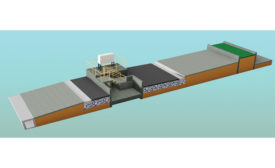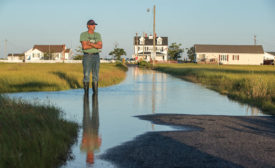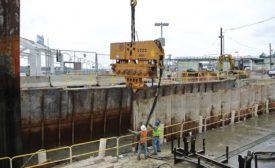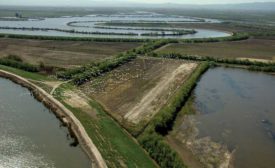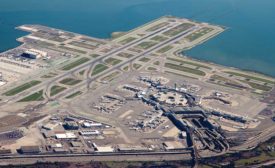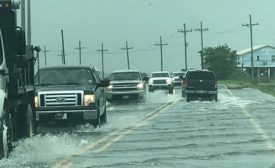Home » Keywords: » Sea-Level Rise
Items Tagged with 'Sea-Level Rise'
ARTICLES
Maine Coastal Towns Join to Prevent Flooding Using Nature-based Methods
One-half million dollars in federal funding with matching funds will pay for collaborative effort
Read More
Study Finds San Francisco Bay is Sinking Faster than Expected
Sea-Level Rise isn’t the Only Factor in Bay Area’s Future Flooding Risk
Read More
Flooding Damage From Massive Winter Storm in Massachusetts Will Take Weeks to Assess
Frigid temperatures will complicate cleanup and damage assessment efforts
Read More
Rising Challenge
Special Report: How Engineers Are Preparing for Sea-Level Rise
From Seattle to Cape Cod, see what's being done at 18 different locations
Read More
The latest news and information
#1 Source for Construction News, Data, Rankings, Analysis, and Commentary
JOIN ENR UNLIMITEDCopyright ©2025. All Rights Reserved BNP Media.
Design, CMS, Hosting & Web Development :: ePublishing
